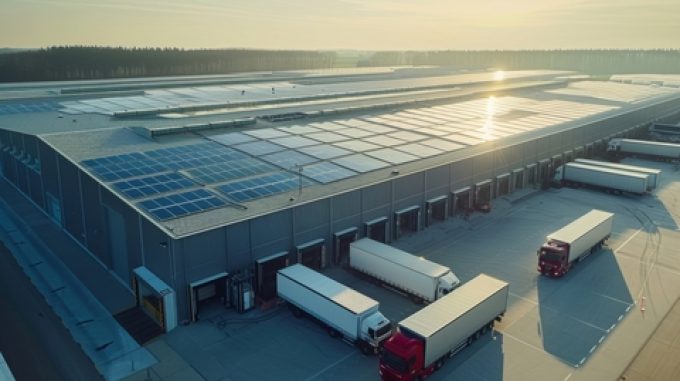One premonitory crash after another
The most emotional came y’day

Global warehouse demand is expected to pick up at the end of the year, according to Transport Intelligence (Ti), but it warned that ‘outdated’ warehouses would not secure premium contracts as shippers demand more modern and sustainable storage operations.
In its Q1 24 Warehouse Tracker, Ti reports that warehouse costs have increased steadily since the first quarter of 2022, although that growth has been dented by high vacancy rates.
In particular, markets in north-east Asia have “a very high vacancy rate” and ...
Volcanic disruption at Anchorage could hit transpacific airfreight operations
Shippers snap up airfreight capacity to US ahead of tariff deadline
Forwarders stay cool as US 'liberation day' tariffs threaten 'global trade war'
New price hikes may slow ocean spot rate slide – but for how long?
Tighter EU import requirements proving 'a challenge' for forwarders
Supply chain delays expected after earthquake hits Myanmar
Looming Trump tariffs will create 'a bureaucratic monster' for Customs

Comment on this article